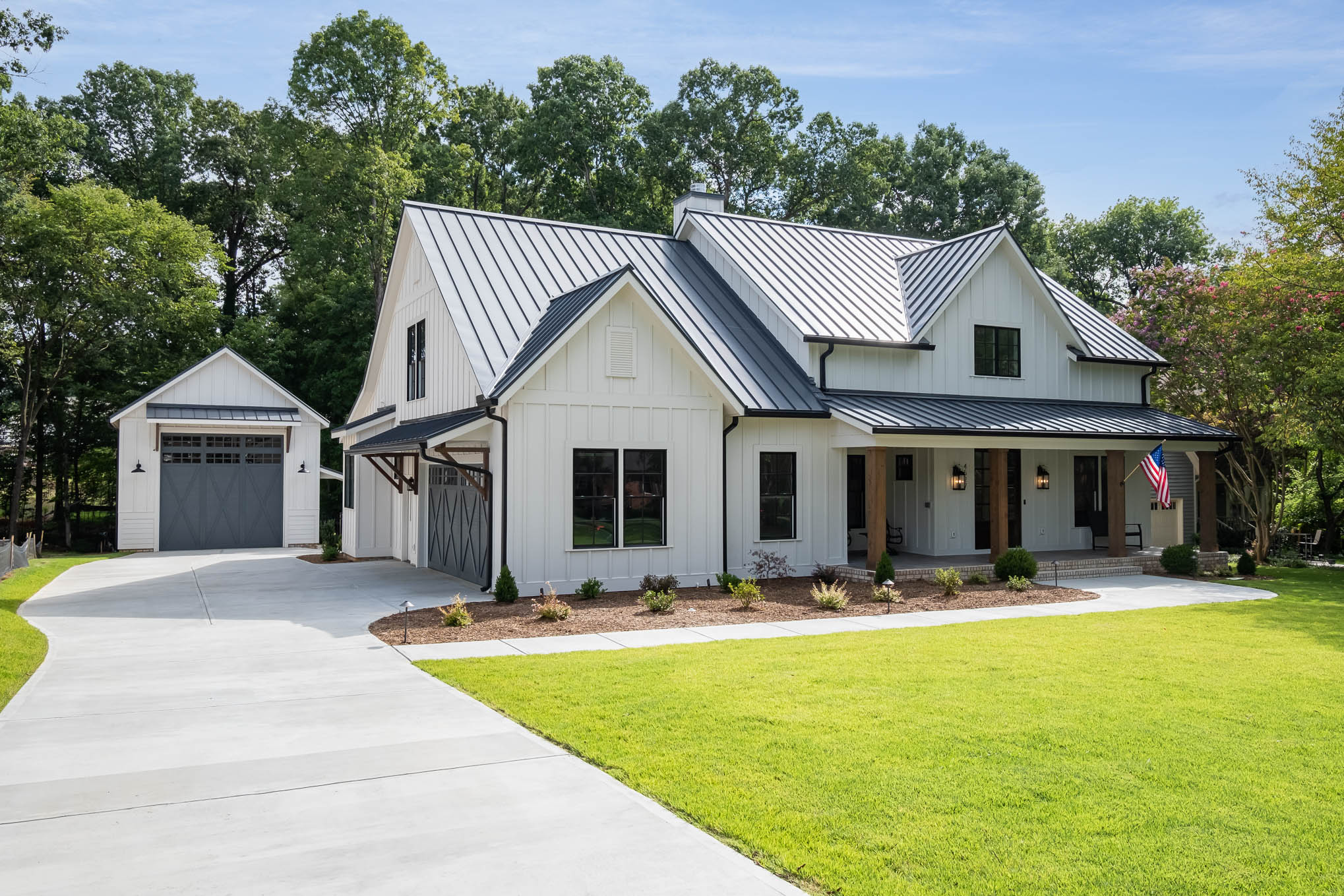A Note From Heather
 This rainy Fall weather is the perfect excuse to start some interior projects! Most people think that Spring is the time to paint but consider making some changes to your walls this Fall. Whether you have guests coming to stay for the holidays or not, why not spiff up your house? The fastest way to change a room is to paint it. A fresh coat of paint can make your interior feel clean and inviting. Just don’t wait until the last minute.
This rainy Fall weather is the perfect excuse to start some interior projects! Most people think that Spring is the time to paint but consider making some changes to your walls this Fall. Whether you have guests coming to stay for the holidays or not, why not spiff up your house? The fastest way to change a room is to paint it. A fresh coat of paint can make your interior feel clean and inviting. Just don’t wait until the last minute.
A few of my personal favorite paint tricks are:
- Keep a little bit of paint for touch ups. Store it in a mason jar. Remove the label from the original paint can and attach it to the jar. No need to keep the entire gallon of paint.
- Take a picture of the paint can label and store in it your “home” files. Remember to label the picture with the room the paint was used in.
Keep reading to see what the latest trends are in paint products. Which one is right for your next project?
Hope you enjoy!
Heather
 Painting is an exciting step in any project, because you can visually see the room coming to completion. The change is instantly gratifying. However, beyond the often tough decision of picking the perfect color for an interior or the exterior of a structure, picking the right type of paint can be a bit of a challenge. Paints today have as many options as a base model vehicle it seems, with wash-ability, durability, environmental stability all coming into play. There are even commercials encouraging us to paint a room at record speed! But are all of these values really accurate? Or even necessary to complete your project? Here are a few important factors to keep in mind when navigating the vast selection on the market to ensure you pick the right paint.
Painting is an exciting step in any project, because you can visually see the room coming to completion. The change is instantly gratifying. However, beyond the often tough decision of picking the perfect color for an interior or the exterior of a structure, picking the right type of paint can be a bit of a challenge. Paints today have as many options as a base model vehicle it seems, with wash-ability, durability, environmental stability all coming into play. There are even commercials encouraging us to paint a room at record speed! But are all of these values really accurate? Or even necessary to complete your project? Here are a few important factors to keep in mind when navigating the vast selection on the market to ensure you pick the right paint.
Interior Paint
Interior paint is made with environmental and health concerns in mind, so almost all of them have low VOCs these days, which stands for volatile organic compounds or chemicals that lead to a whole host of health issues. These are mainly regulated in latex and acrylic paint. Be careful if you decide to tint your paint though because you might choose a brand touting low VOCs but the tint you choose might not be. This is a given in almost all interior paints and while you don’t want to go and buy an off-brand that doesn’t have at least some acknowledgement about its low VOCs, this is sort of like a car having air bags these days. It’s a must. Look for the seal of approval from GreenSeal, Greenguard or Indoor Advantage. Brand is also a little deceiving. Many paint companies will reformulate their most popular paints to improve their durability and comply with new environmental regulations. Which means they may not be as good as they were the last time you used them. In short don’t be brand loyal with interior paint. Labels can change as well. There is a difference between certain labeling like low-VOC vs low-odor, so do your homework and be sure you are buying what you think you are.
Exterior Paint
There are regulations on VOCs for exterior paints as well and this has traditionally led to the most environmentally friendly low VOC paints to not perform as well on the outside of a house. Keep this in mind when purchasing exterior paint, though there are a number of these environmentally stellar exterior paints that do perform incredibly well over time – just expect to pay a little extra for them.
With exterior paint, cost does play more of a factor. A good exterior paint is not cheap, so any exterior paint that promises the same as a competitor but at a lower price is probably a bad bet. And the number of coats that have to be done on the outside of a structure is much more labor intensive and therefore more costly time-wise when you have to apply more than the standard two, so keep this in mind when purchasing those discounted gallons.
Price
Expensive paints with special features such as mold resistance, scrub resistance or adherence typically take fewer coats to get the job done but cost more per gallon and for the labor to have your home painted. Consider which areas of your home you really need specialty paints for and only invest in those rooms. For example, you want to consider semi-gloss or gloss for optimal scrub resistance in high traffic areas or play areas for the kids. Using mold resistant paint in the bathrooms is a great idea. You might only need this specialty paint for the ceilings. For other rooms in the home, you can be selective, but you don’t need to pay top dollar.
Time Savings
Many of the paints on the market now promise that they can cover more of your wall in less time. And, therefore, are more expensive. They also often don’t come out as smooth as the traditional 2-3 coats would. We recommend these paints for walls that have a neutral color that you are repainting with a similar shade. If you are dramatically changing the wall color (especially from a dark color to a light color), you can expect to do 2-3 coats anyway.
Here at CDS, we know it’s important to think about what our client brings into their home. We love to help select paint colors and finishes and know how daunting paint choices can seem. We want our clients to be as informed as possible so that, together, we can make the smartest selections for your home. Research is key! Most major paint brand websites provide educational resources. Consumer reports also have the best up to date information available. Don’t forget your best resource….your contractor and painter. So get out those brushes and paint cans and let’s get started!









